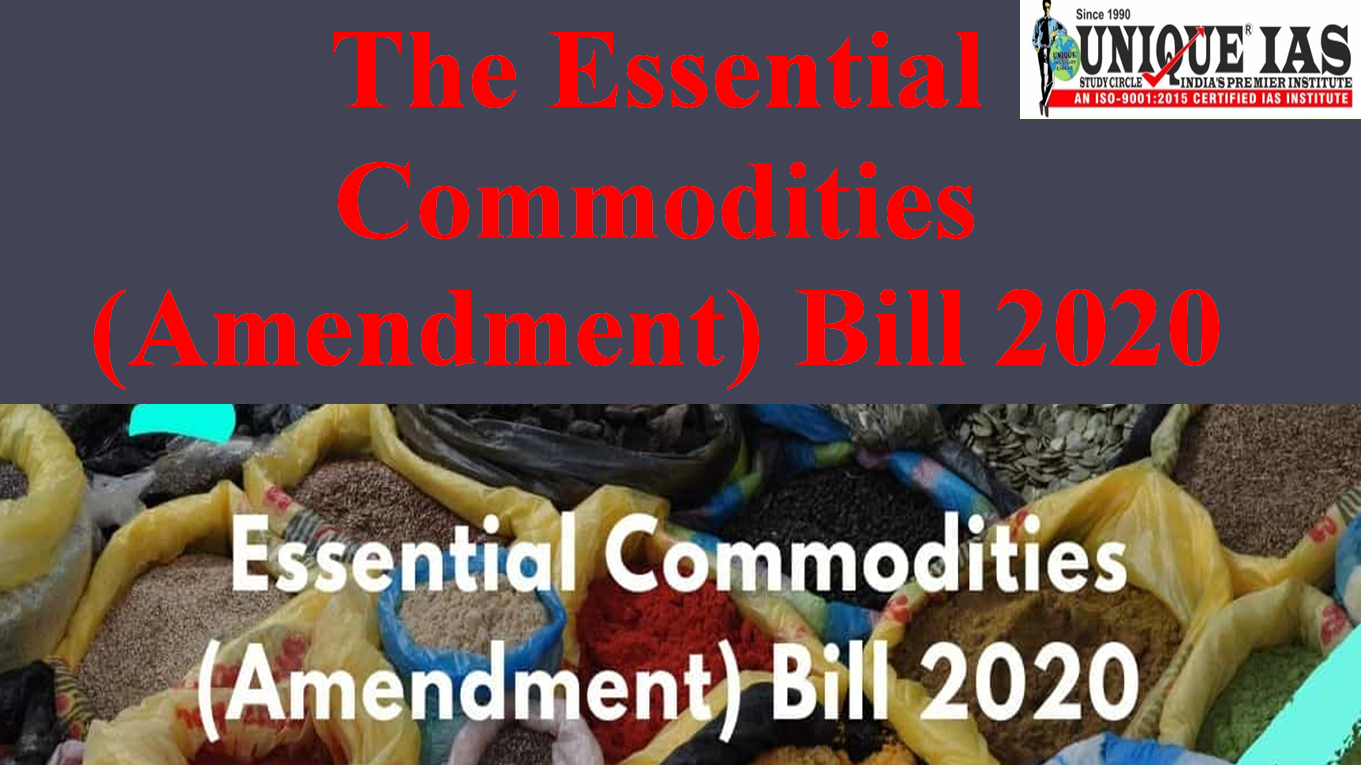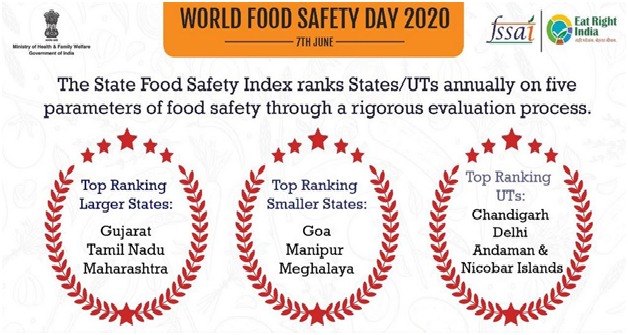Highlights of Economic Survey – 2022-23 in this context
? The Indian economy underwent wide-ranging structural and governance reforms that strengthened the economy’s fundamentals by enhancing its overall efficiency during 2014-2022.
? India’s economic growth in FY23 has been principally led by private consumption and capital formation.
? It has helped generate employment as seen in the declining urban unemployment rate and in the faster net registration in the Employee Provident Fund.
? Still, private capex soon needs to take up the leadership role to put job creation on a fast track.
? Schemes like PM-Kisan and PM Garib Kalyan Yojana have helped in ensuring food security in the country, and their impact was also endorsed by the United Nations Development Programme (UNDP).
? The results of the National Family Health Survey (NFHS) also show improvement in rural welfare indicators from FY16 to FY20, covering aspects like gender, fertility rate, household amenities, and women empowerment
Other types of economic recovery
Economic recoveries can take a variety of forms, most of which are determined by the rate at which they occur.
a. V-Shaped: A V-shaped recovery is a rapid and sudden improvement in an economy that follows a rapid and severe fall.
This usually happens following a one-time shock to the economy.
b. U-Shaped: The economic damage from a U-shaped recovery lasts for a longer amount of time before returning to the baseline level of growth.
The economy recovers, but the harm at the bottom persists for some time.
c. L-shaped: The most gloomy scenario is an L-shaped recovery.
In this form, the economy rebounds to some extent from a sharp dip, but growth never returns to pre-crisis levels for years, if at all. Following this is a period of economic stagnation.
d. W-shaped: This is a situation in which the economy experiences a rapid collapse, followed by a small and temporary recovery, and then another



.jpg)
.jpg)
.jpg)
.jpg)
.jpg)
.jpg)




.jpg)
